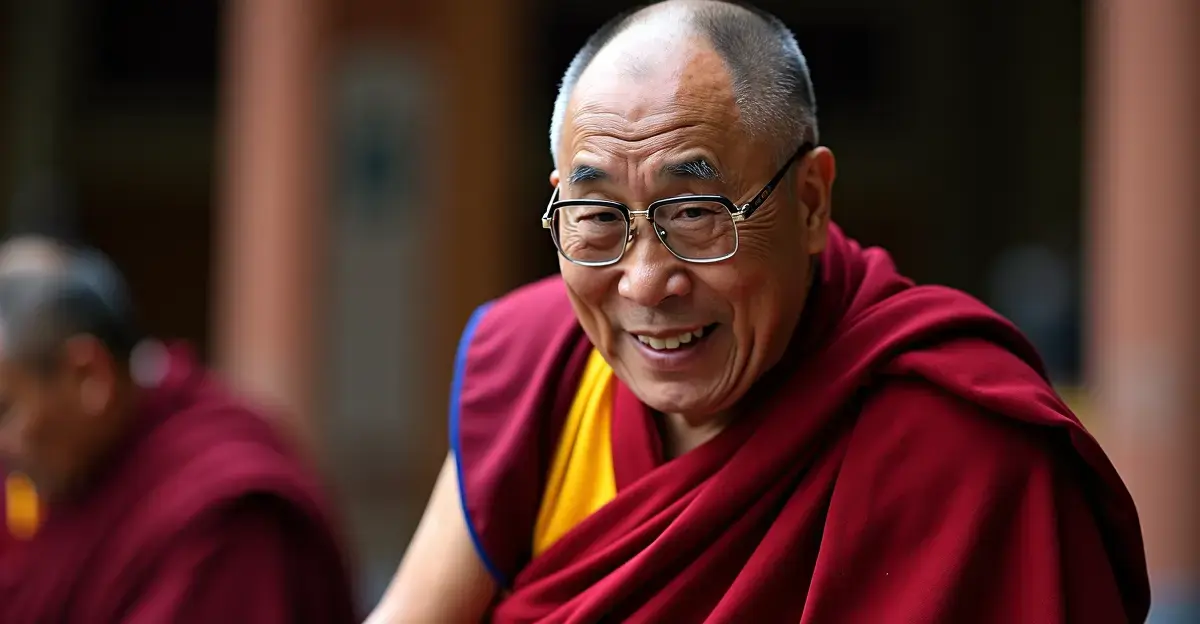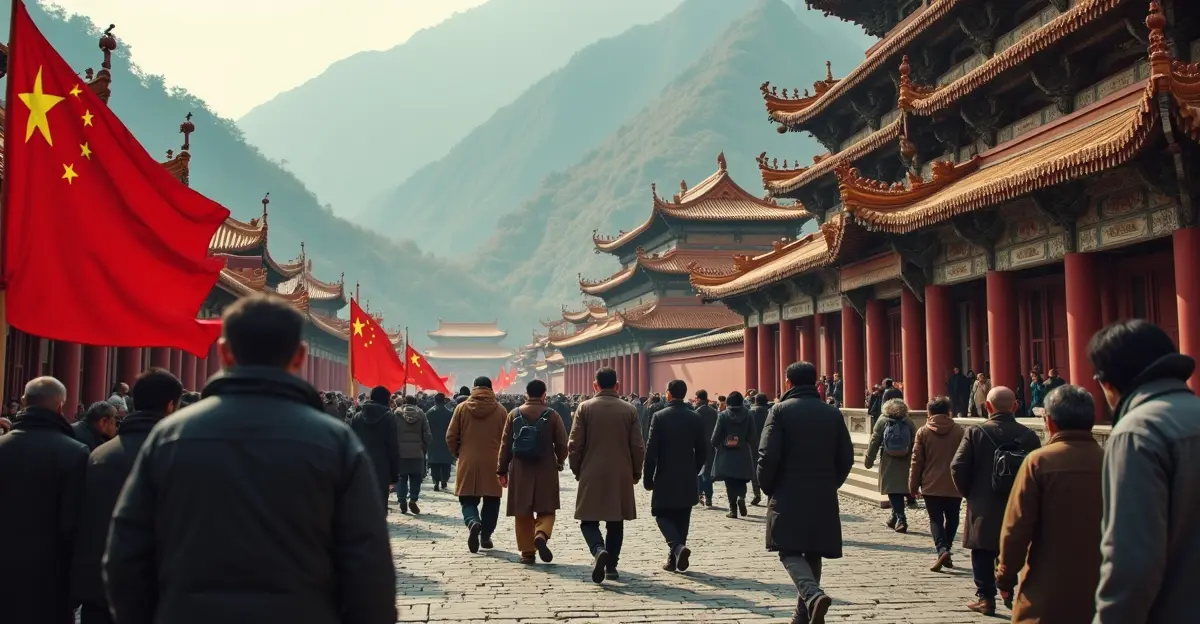The Dalai Lama announced his successor will be chosen by a Swiss foundation after his death, while China demands approval authority over the selection. The next spiritual leader could potentially be female.

Spiritual Leader Announces Succession Plan
The 14th Dalai Lama, Tenzin Gyatso, has confirmed he will have a successor following his death. This announcement comes days before his 90th birthday from his residence in Dharamsala, India. The spiritual leader designated the Gaden Phodrang Foundation in Zurich, established in 2015, as the sole authority to appoint his reincarnation. This marks the first time a Dalai Lama's successor will be designated from Europe.
China's Claim to Authority
China's Foreign Ministry immediately responded, asserting that any successor must receive official approval from Beijing. Officials stated the selection must comply with Chinese laws and religious rituals, reinforcing China's longstanding claim over Tibetan spiritual affairs.
Gender-Neutral Succession Possibility
A foundation spokesperson confirmed the next Dalai Lama could be any gender. In 2013, Tenzin Gyatso expressed openness to a female successor, noting women possess greater empathy: "The times call for a woman, so why couldn't my successor be one? Women have more concern for others' well-being."
Ending Speculation
This announcement resolves years of uncertainty about the continuation of the lineage. Political pressure from China and the Dalai Lama's own contemplation about whether the role remained necessary had fueled speculation that he might be the last.
Historical Context and Tensions
Tenzin Gyatso fled to India in 1959 following China's 1950 invasion of Tibet. The Tibetan exile community considers China's potential interference in succession as a critical threat to their spiritual autonomy. China seeks control over all Tibetan Buddhists, including those in exile.
Reincarnation Process Explained
Traditionally, after a Dalai Lama's death, a search begins for his reincarnation - a child born at least nine months later. Historical successors have emerged from Tibet, India, and Mongolia. The complex identification process involves examining signs and visions before formal recognition.

 Nederlands
Nederlands
 English
English
 Français
Français
 Deutsch
Deutsch
 Español
Español
 Português
Português









